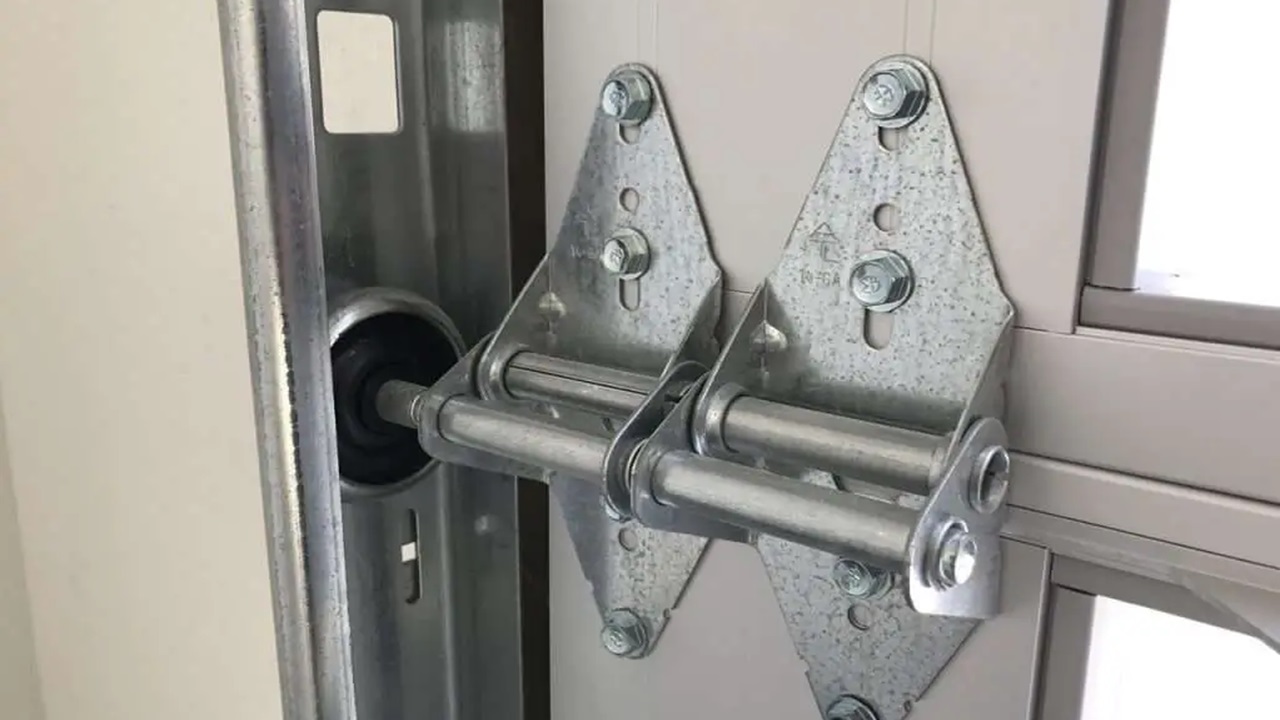Driveway doors are so convenient that you do not care until they start acting up. Roller problems might be annoying, making doors noisy, bumpy, loose, or even jamming them completely. This article will help you troubleshoot problem areas for garage door rollers and ensure your garage door is always working well.
Identifying Roller Issues
The first troubleshooting step towards resolving roller issues is to diagnose the problem. Listen to the door noise while in motion to check whether the sounds are strange, like squeaking, grinding, or rattling. Inspect the rollers and the tracks for obvious damage marks, like cracking, denting, or debris buildup.
Check for Misalignment
The door can be off track by the wrong rollers, so it may not open or close smoothly. Check the rollers to be sure they fit into the groove. Swing the roller to determine whether or not it is misaligned. If there is a misalignment, loosen the mounting hardware, realign the roller, and then tighten the mounting hardware back in place.
Lubricate Moving Parts
Friction and squeaks are two of the most widespread reasons for breakdowns in the smooth operation of a garage door. To reduce friction and ensure proper movement, apply silicone-based lubricant to the rollers, tracks, hinges, and springs; try to opt for dry lubricants that do not stick with dirt and dust.
Tighten Loose Hardware
Shock waves that come with an ordinary door operation are why the hardware may loosen over time. Examine the roller brackets and tracks and make sure that every screw, bolt, and nut is installed tightly. Tighten any loose screws or bolts by using the right tools to make sure they stay tightly fastened and avoid the same problem from reoccurring.
Replace the Broken Rollers
You should think of replacing the damaged or worn rollers if cracks or damage are observed. Check the rollers for indications of wear, for example, flat spots, chips, and excessive playing. Swap the damaged rollers with new replacement garage door rollers compatible with your house's garage door system.
Clean the Tracks
Dirt, soil, and rusting in the tracks could cause the attached rollers to move ineffectively. Scrape all the items from the track with a brush or vacuum cleaner. Use solvent or rust remover to remove stubborn dirt or rust, and then clean and dry tracks after the removal.
Adjust Track Alignment
Incorrect track alignment might cause the roller to cling or the door movement to be uneven. A level is used to check and track Alignment. Use it to fix any deviation by adjusting the tracks appropriately. Loosen the track mounting bolts, tap the track into Alignment, and once again securely tighten the bolts.
Schedule Professional Inspection
Completing the troubleshooting, as a result, will not resolve the problem with the rollers, or if you are uncertain about doing it yourself, you should book a professional inspection. A garage door technician can find the root cause and make the necessary adjustments or replacements. As a result, your garage door will work correctly and quietly.
Conclusion
This technique will assist you in resolving the problems associated with the failure of garage door rollers, and the system will be able to work without any hitch. Routine upkeep and a timely fix should go a long way in prolonging the life of your garage door rollers and ultimately reducing the cost of major repairs.


